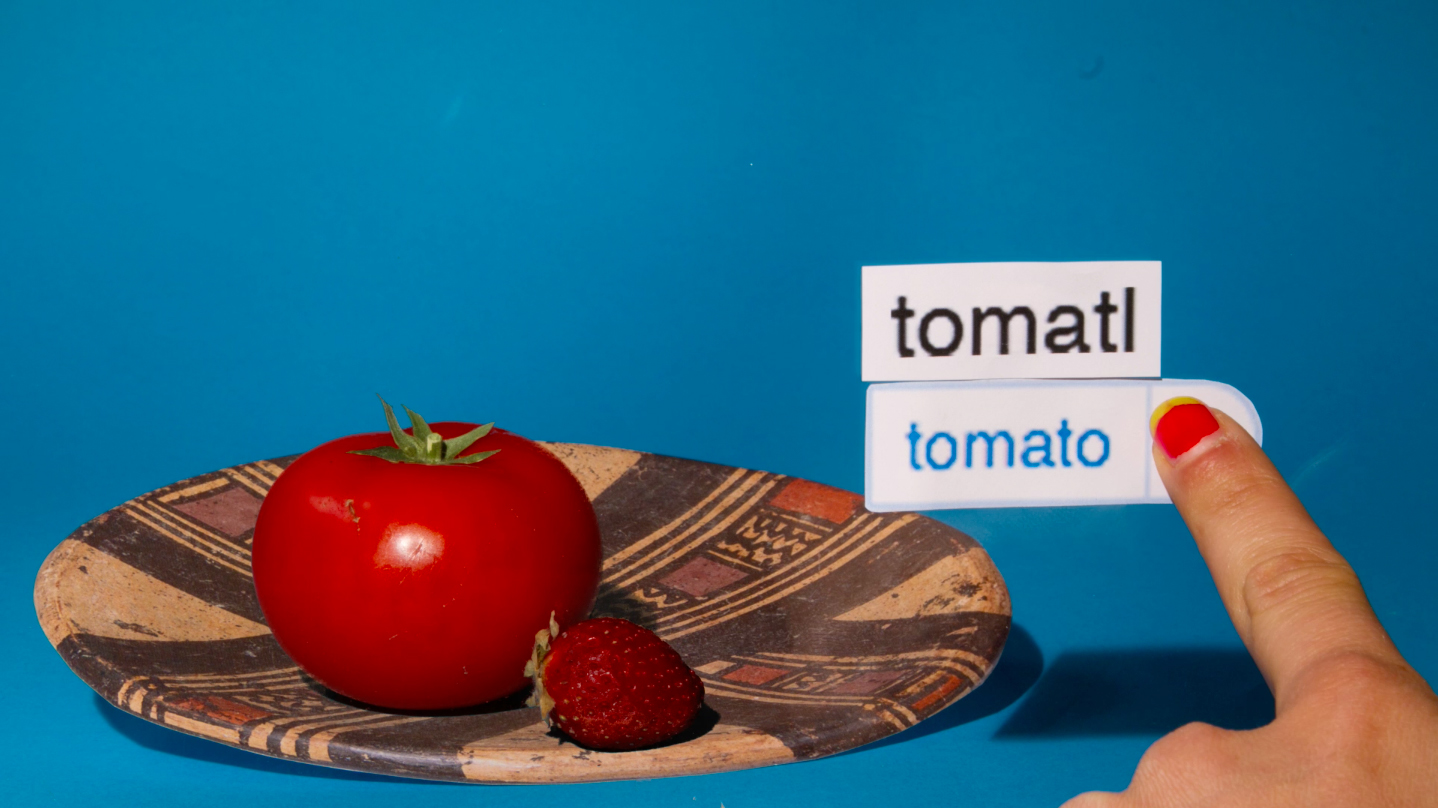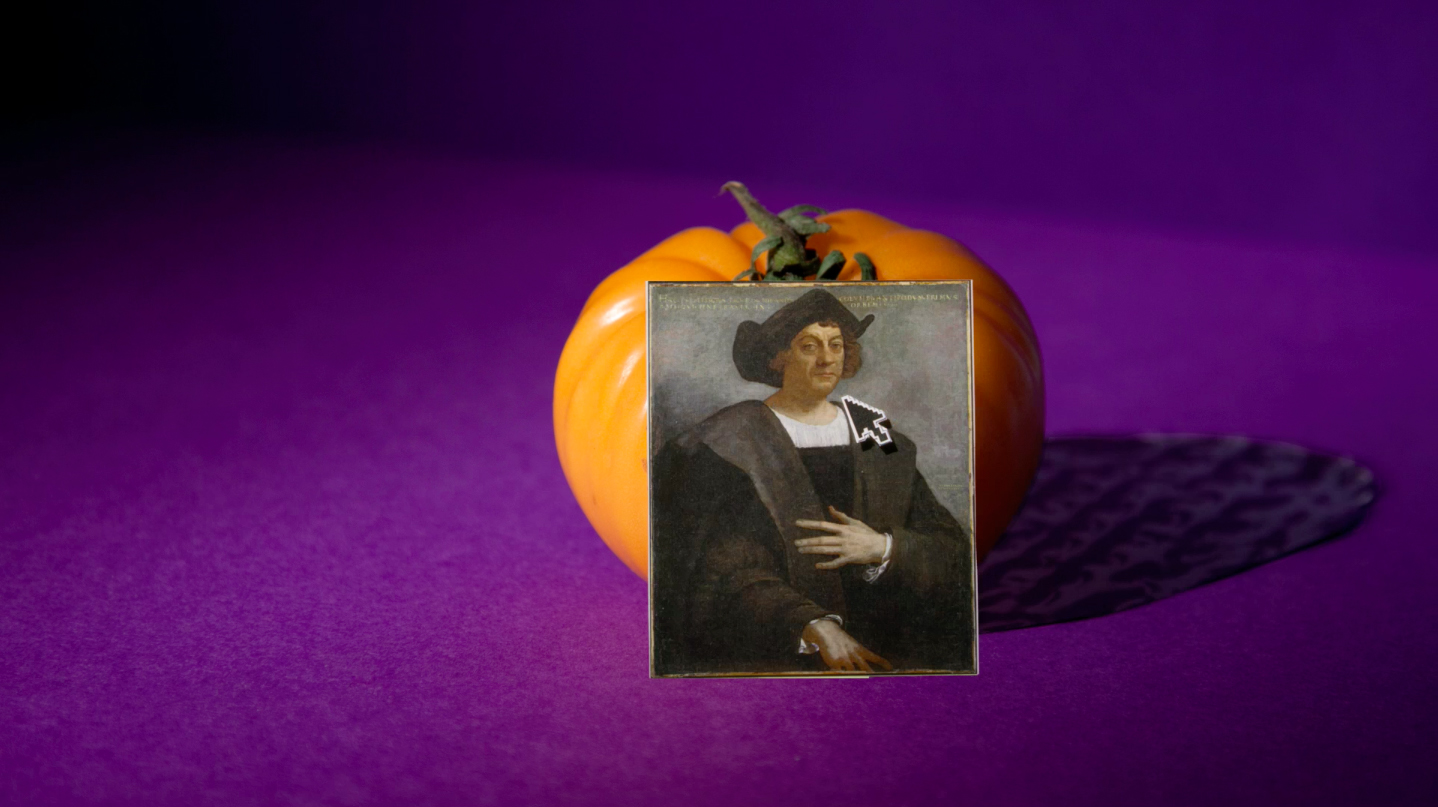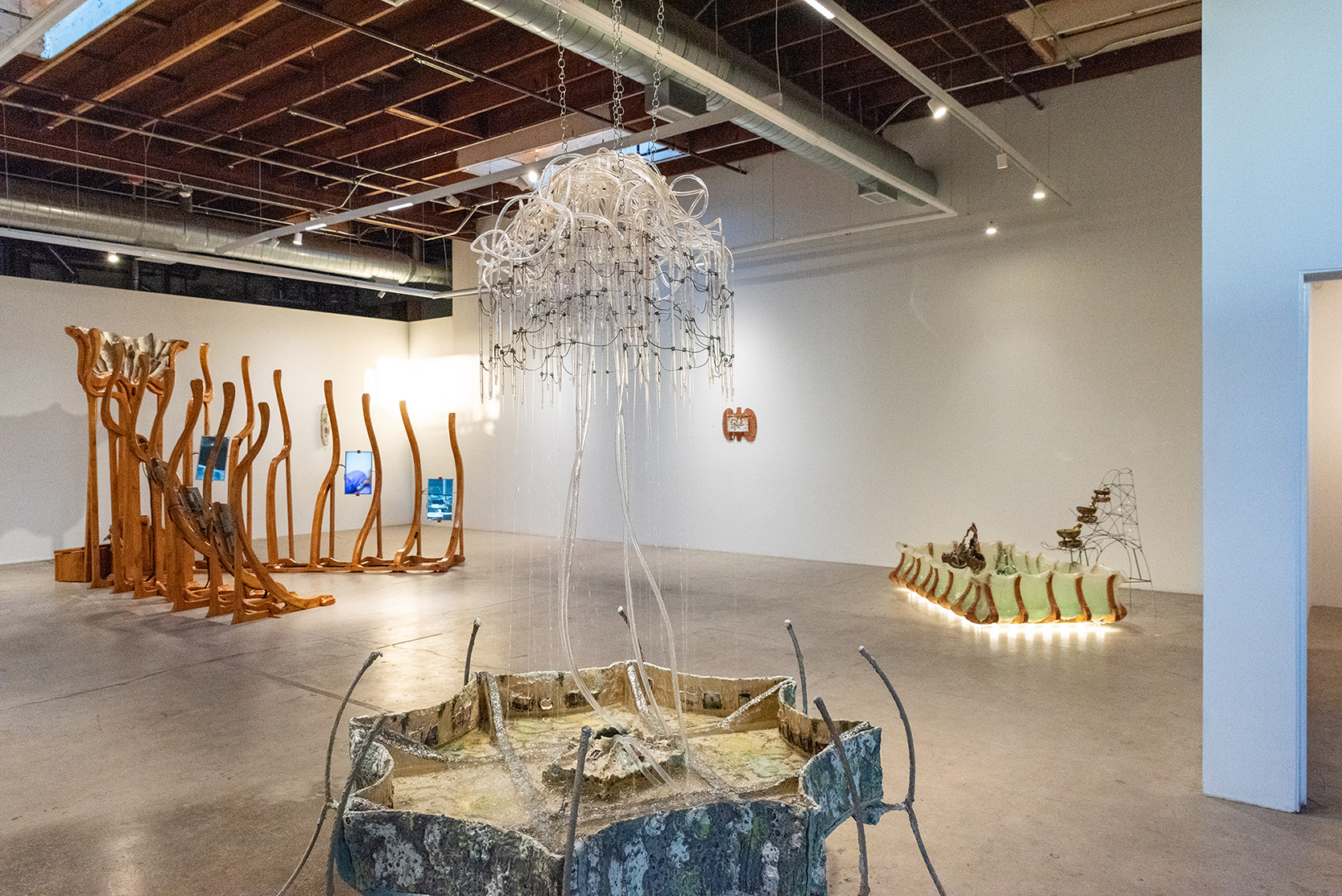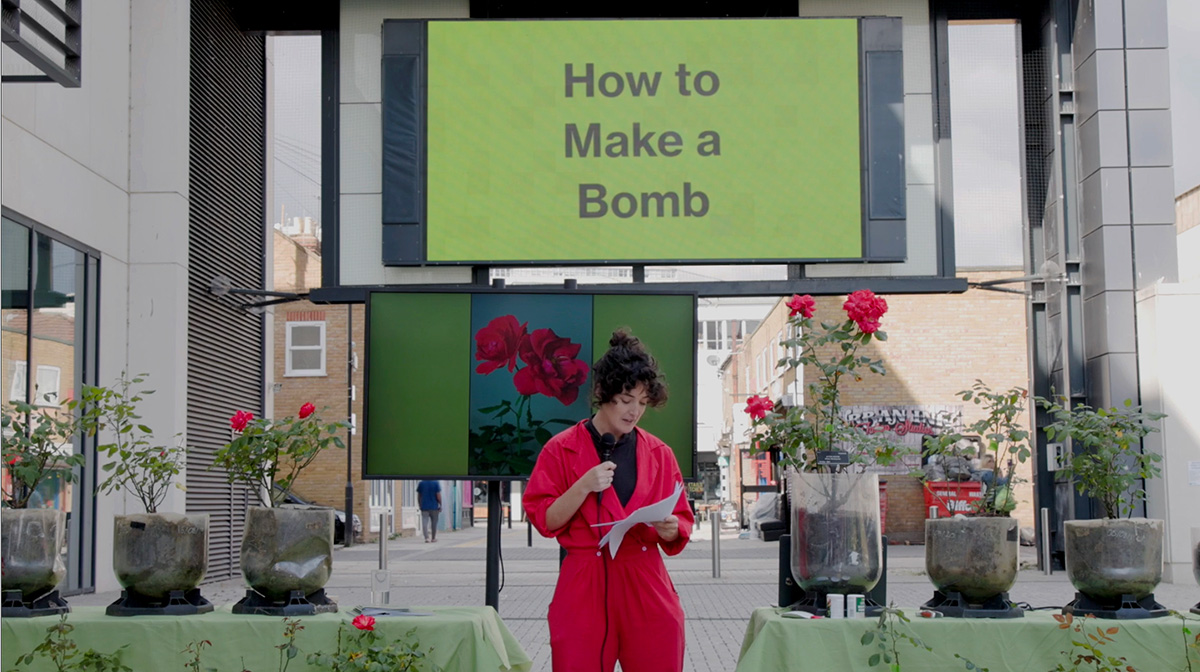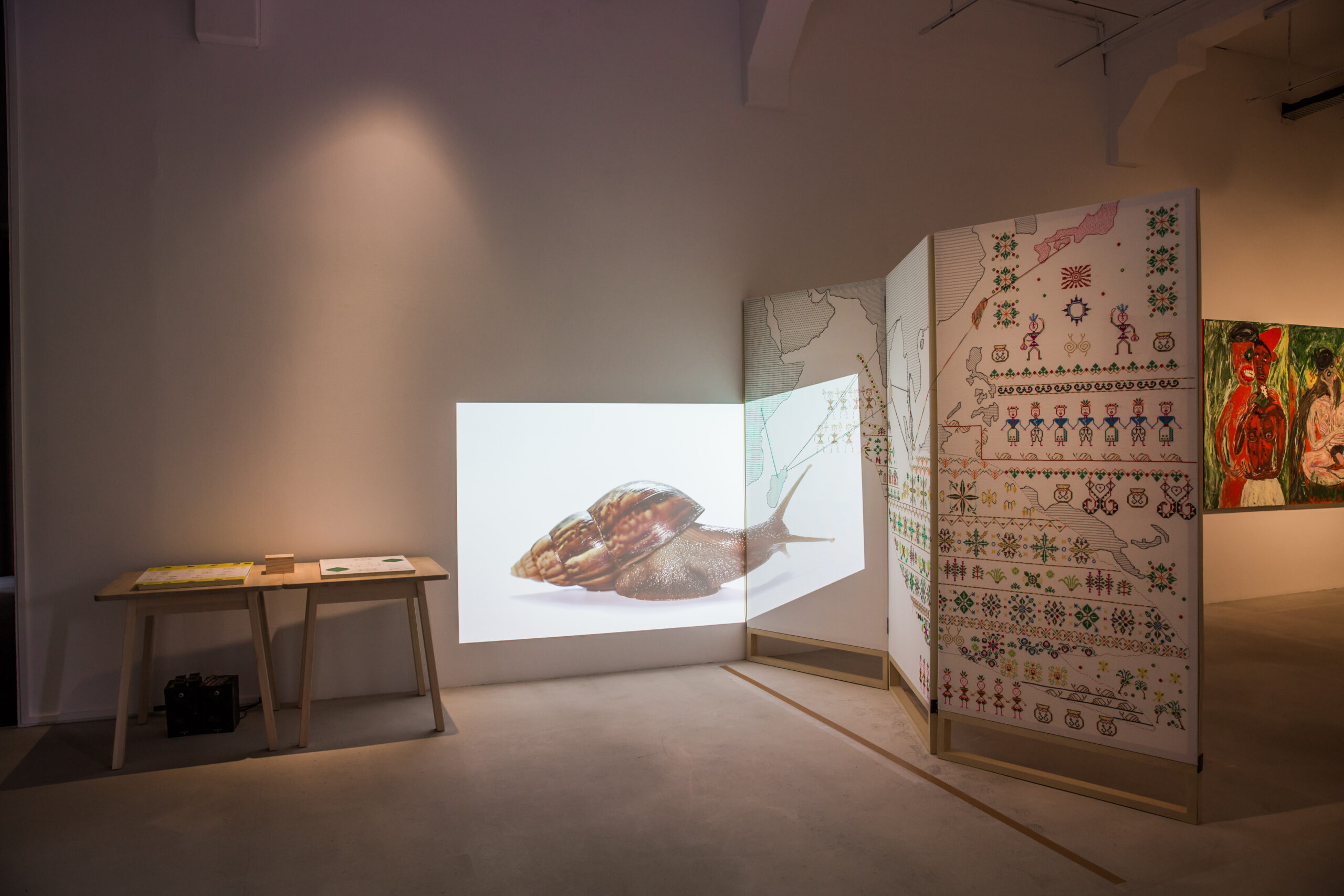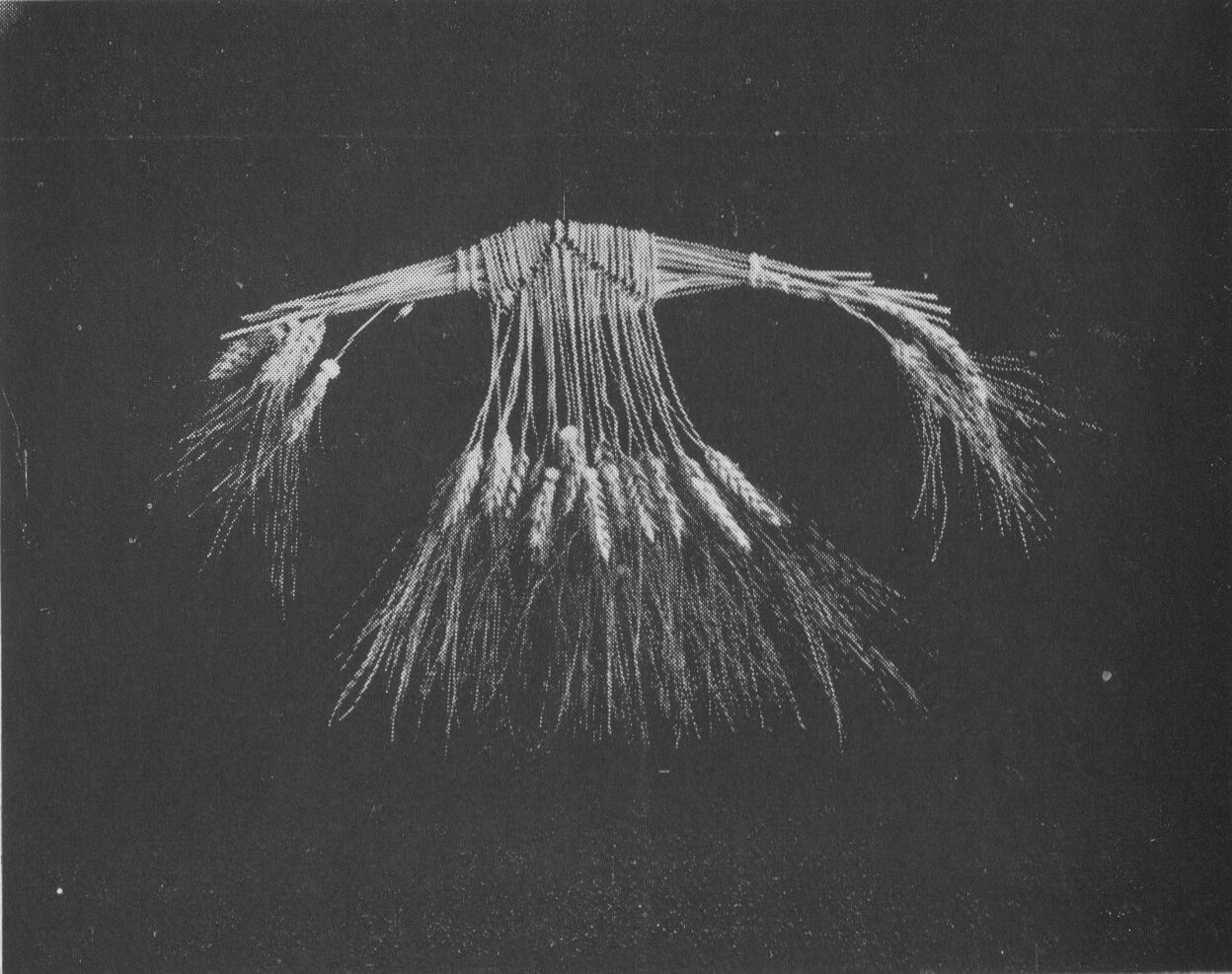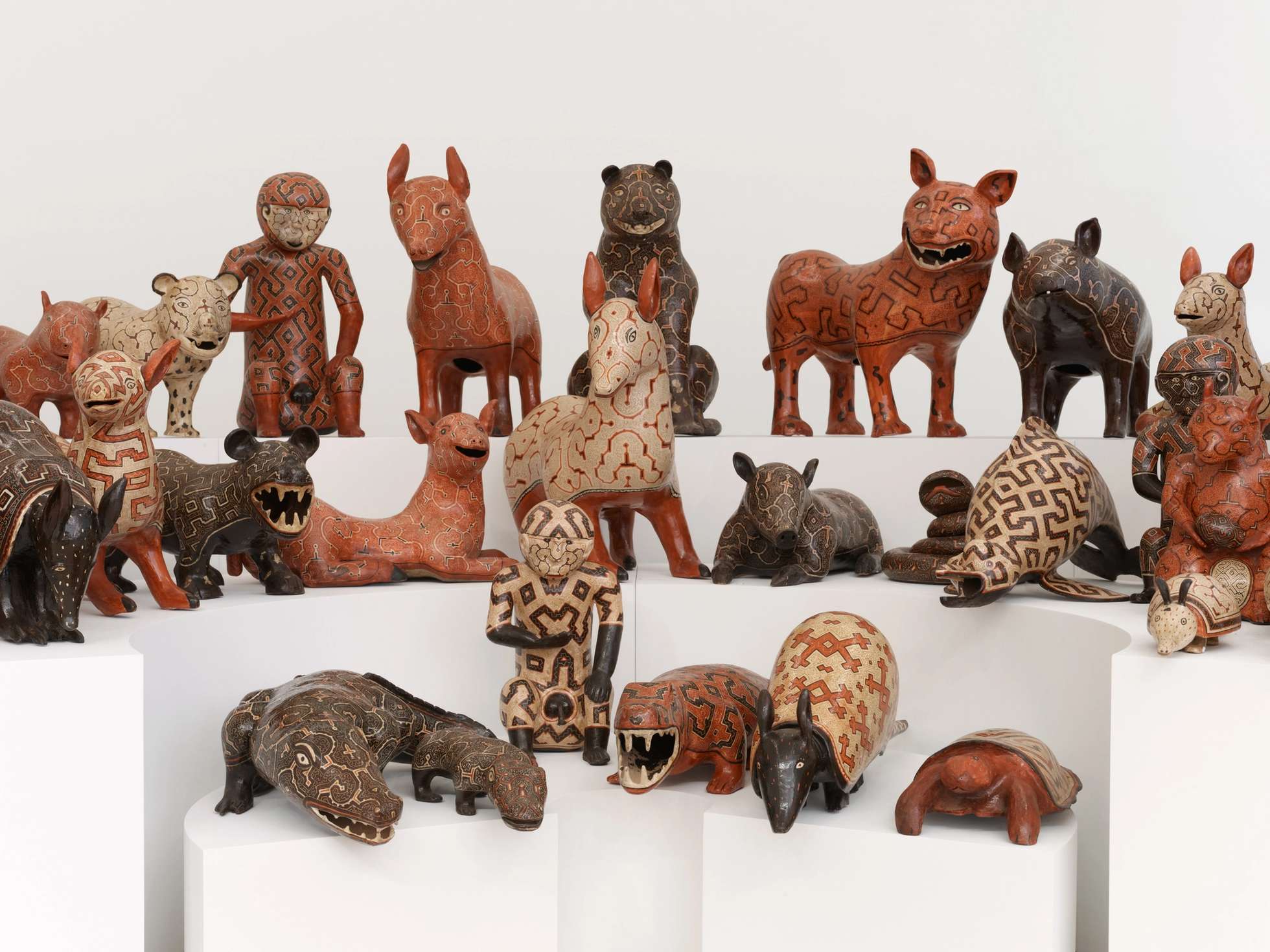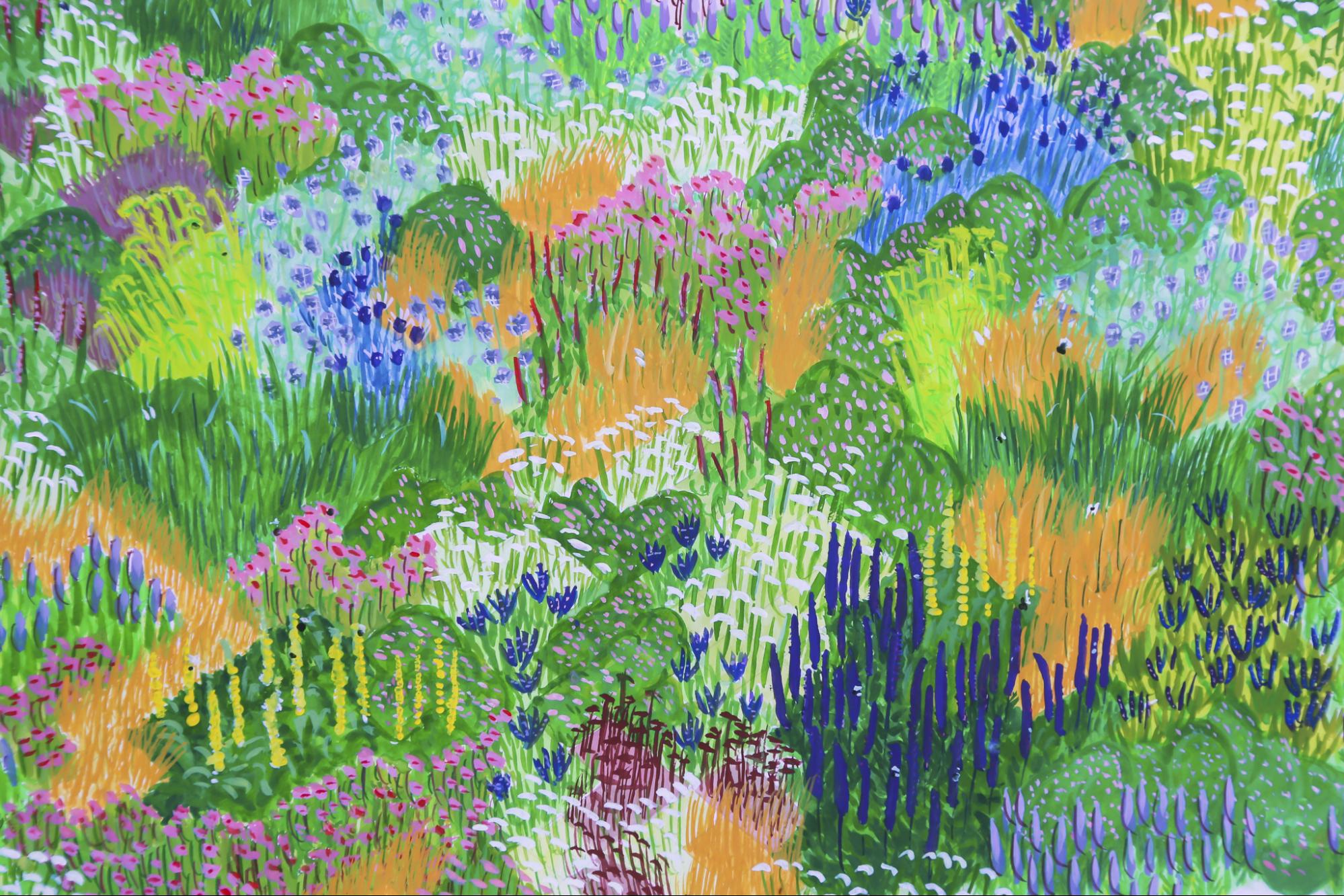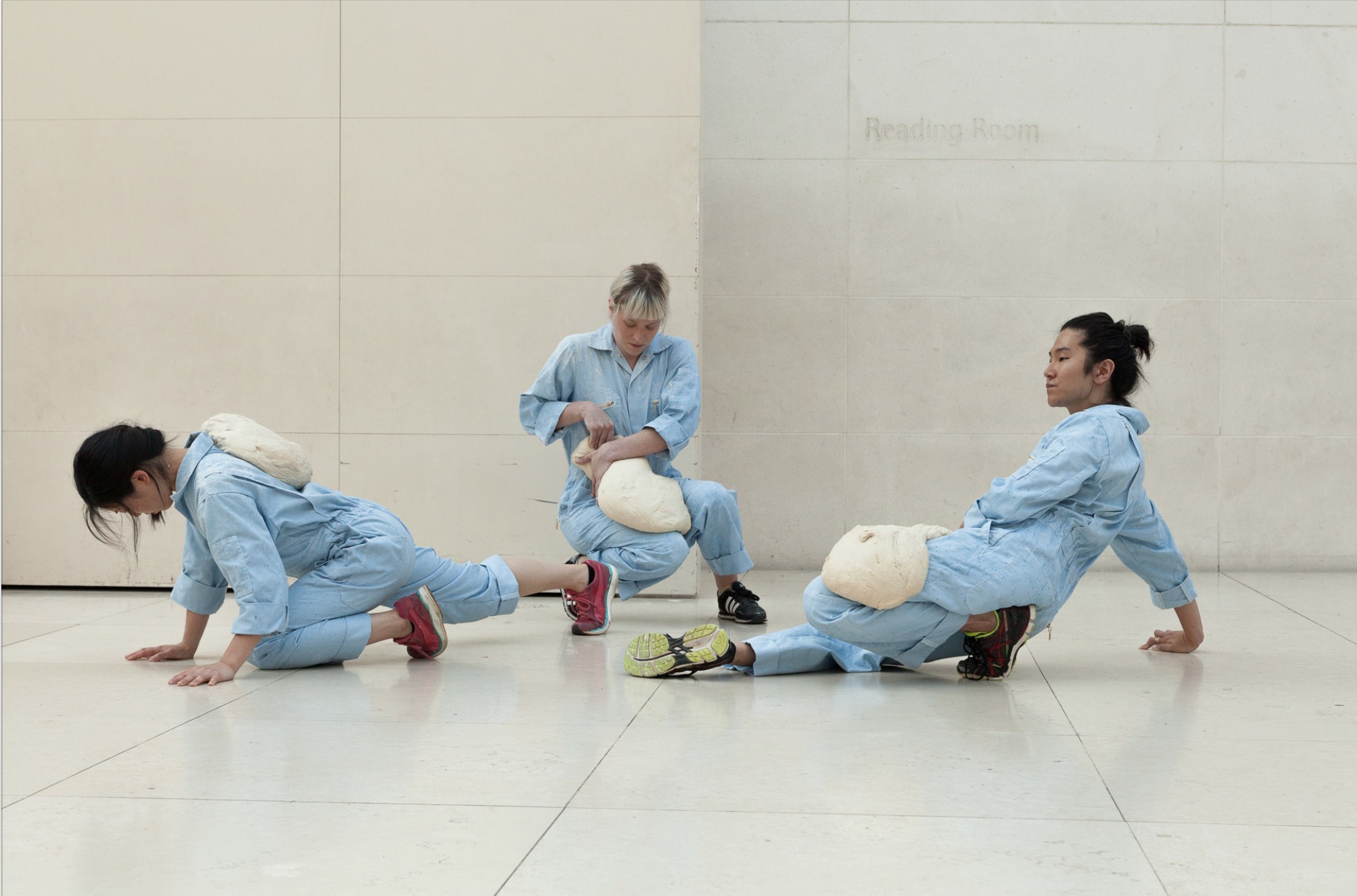Did you know that when the conquistadors discovered tomatoes, the fruits were being eaten by the Aztecs alongside human flesh? And we wonder if the Italians realized they were eating Aztec food when they dubbed the new world fruit “pomo d’oro,” or golden apple? California-based animator Caitlin Craggs’ delightful short film explores the history and language behind the “oft overlooked fruit,” in the stop motion animation, Tomato.
Tomato, by Caitlin Craggs from MOLD on Vimeo.
Through visual juxtapositions and unexpected pairings, Craggs’ film traces the tomato from pre-Columbian Americas to it’s integration into European cuisines. The language of the old world is paired with provocative imagery to raise interesting questions about, “the ways we define and consume [foods], and also how those foods might be defining us,” Craggs writes.
After reading journalist Charles C. Mann’s book, 1491: New Revelations of the Americas Before Columbus, Craggs experimented with a stop motion technique where she printed out flat images and then propped the 2D images in front of a camera to create a sort of trompe l’oeil effect. This “warping of perspective” in Craggs’ animation work coincided with her interest in the ways that historical narratives can warp ideas of nationhood and identity to produce, Tomato.
Caitlin Craggs is and MFA candidate at the California Institute of Arts. See more of her work here.
